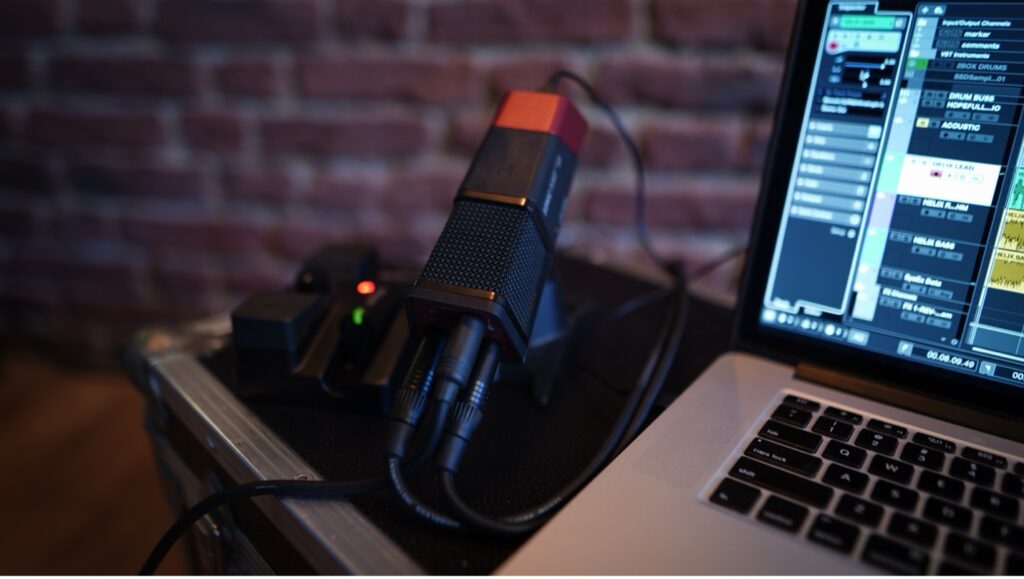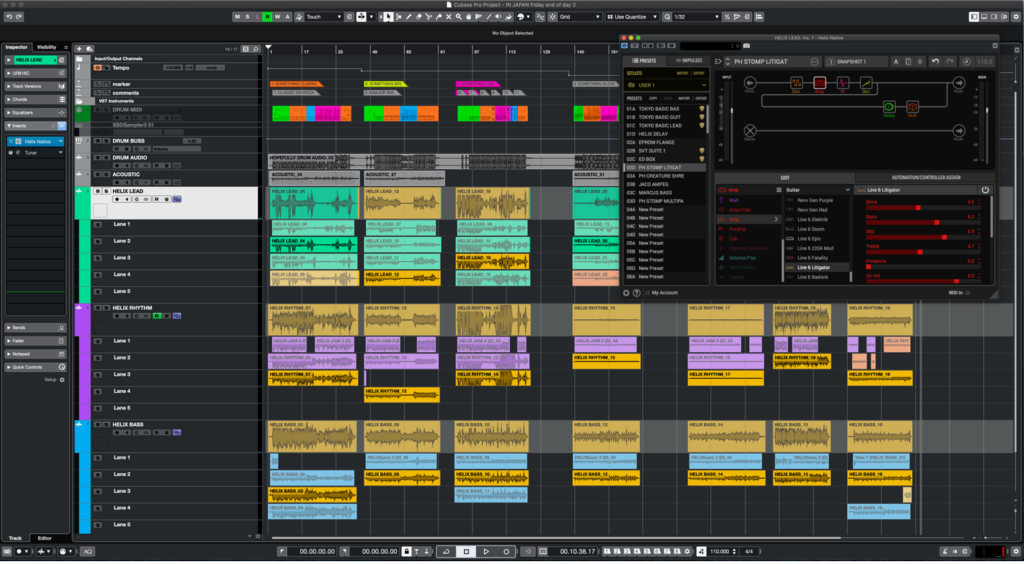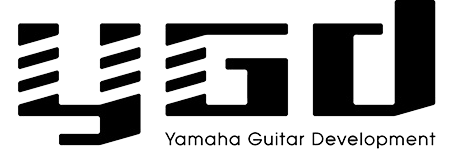Several years ago Paul Hindmarsh had the chance to head out to Japan to learn more about the Yamaha history and heritage, visiting the Yamaha Guitars Archive and Innovation Road museum in Hamamatsu. While there, Paul conducted a hands-on “playing” tour of many historic Yamaha guitars and basses, including unique prototypes and limited-edition models, and used the opportunity to create some pieces of music.
Learn more about Paul’s trip to Japan below and continue to see the process of creating six music tracks:
Visiting Yamaha’s Innovation Road museum and Guitar Archive in Hamamatsu was a fantastic experience. It was great to see so much of Yamaha’s colorful history, but the thing that really excited me the most was the idea of being able to make some music on these rare and unique guitars.
For a day and a half, I had the chance to search the warehouse and do just that. The idea was to record six short pieces of music using unique guitars from across Yamaha’s history. For each track, I wanted to record bass, rhythm, and lead parts. If time permitted, I could maybe do an acoustic track too.
Preparation
Leading up to the trip, I spent a lot of time writing and arranging the ideas I would jam over whilst I was there. I understood that my time playing in the archive would be brief. We intended to film every take, and anybody with recording experience knows that things get difficult once those little red recording lights go on – even more so with a room full of people! Before I left for Japan, I recorded seven drum parts and guide guitar parts into Steinberg’s Cubase, and all the songs were set up in a single session. Cubase’s tempo track and colorful marker track made everything very clear and took a lot of the pressure off of my memory.

The Set-up
The set-up was simple. We used a Line 6 Sonic Port VX into a MacBook running Cubase and Helix Native software. It still amazes me that I was able to do all of this recording into a mobile studio that I carried into that warehouse in a rucksack.
At the warehouse, a pair of Yamaha HS8 studio monitors was waiting for me, along with a miked-up THR head and cabinet. We also captured dry guitar tracks to re-amp virtually with the Helix Native plugin. This gave us more options to tweak amp and effect sounds in the final mix, and meant that we didn’t have to tame the sound of the giant warehouse in which we recorded.

Recording
The plan was to record the six bass parts first, each on a different bass, and then do the same for the rhythm guitar parts. I knew the lead parts would take the longest as they would mostly be ad-libbed, so for each track I recorded three lead passes from start to finish.
Punch-ins would be a nightmare for editing the video later, so if I made a mistake, I just kept going knowing I could always switch between the best performances later at home and switch the footage accordingly.

The Music
Track One – “12HR FLIGHT”
I selected an Attitude Limited 10th Anniversary bass (2000) for this power-chord driven track inspired by classic rock. For the rhythm part, I picked up a 25th-anniversary SG25 from 1991, as it seemed like an ideal power chord guitar. For the lead guitar, I decided on a 2004 Pacifica prototype with a maple and mahogany body. Having a number of Pacifica guitars at home, this felt so comfortable, familiar, and versatile that I had to use it.
Track Two – “POINTY YEARS”
For this track, entitled “Pointy Years,” I picked an RGX1220R from 1987 for the lead guitar part. It’s a flagship model of the early Yamaha RGX series, and the pickups use an alloy developed by Yamaha specifically for the magnets. A high end RGX1220 was exactly the sort of guitar I wanted to find in Japan and just what I wanted for this track. It’s an 80s classic like the guitars I would dream about when I was a kid. For the bass part, I chose a 2009 BB2024X. It worked perfectly in terms of look and sound.
Track Three – “ODD PAUSE”
I called this “Odd Pause” due to the time signature at the beginning. For this heavy rock piece, I started with an SB75 bass from 1973 – the precursor to the BB series. Moving on to the rhythm part, I chose a 1993 Pacifica 1230S because I loved the look and it felt right for this track. For lead guitar, I used my favorite Pacifica, a prototype from 2004 with a maple and mahogany body.
Track Four – “THE RED GUITAR”
For this piece, I had the chance to play the first Yamaha prototype electric guitar – the GSX33B from 1965. I feel like it was very special to have the chance to record with this little bit of history. For the bass part, a 2000 Custom BB featuring active electronics provided a tight bottom end and looked great. For the rhythm, my go-to Pacifica was an obvious choice for the second guitar part.
Track Five – “TURQUOUISE FADE”
Of all the guitars I saw in the archives, the guitar I used on this song was probably the one I most wished I could take home: a 2009 prototype developed as part of a design project for new body silhouettes. It looked different enough to stand out from the crowd and sounded great – a nice single-coil sound on a modern-looking guitar.
For the bass, I chose the awesomely funky looking SBV500 with unique pickups. For the rhythm part, I went with the clear sound of the SC1200, a top-tier model from the SC series with bar magnet pickups controlled by mini toggle switches.
Track Six – “POWERCUT”
With “Powercut”, I went for old school metal. Starting with the lead guitar, I wanted to let the Pacifica 1230S, an early ‘90s prototype, take center stage. A 2003 SGV500S was my choice for the rhythm part., adding a bit of edge underneath. The 2001 SBV500 sounded great for the bass part and paired perfectly with the SGV500s.
The following day, we added acoustic parts on multiple songs in a single session using an FG350, and then we were ready to head to the pub. The archive has a wealth of historical, rare, and custom acoustic guitars available to play as well – but that will require another trip.


